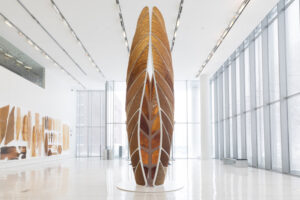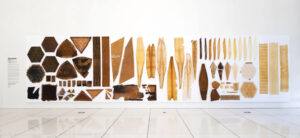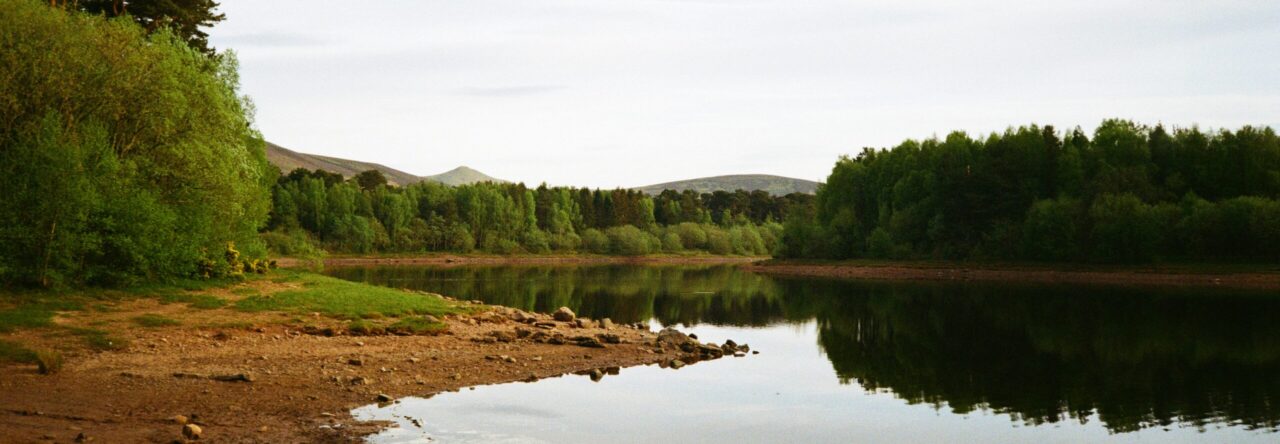As an interior design student, my passion for design runs deep. I love what design brings to the world materialistically and ideologically as well as the conversations it sparks. However, I must admit, there was a time when my enthusiasm for the industry became quite tainted. It began to feel like a symbol of consumerism, pollution, and environmental degradation. The more I learned about the industry’s impact on climate change and wildlife destruction, the more conflicted I felt, and I think more and more designers are also feeling this way.
However, throughout this course, my perspective shifted as I engaged with the deeper possibilities of design through research, lectures, debates, and workshops. I realised that design is not necessarily the problem; it can also be the solution. The power of design lies in its ability to adapt, innovate, and inspire change. And even though sustainable design does require effort and motivation, I believe that the creative genius designers have hold immense potential to address the urgent environmental challenges we face today.
An example of hat that has stuck with me for a couple of years now is Neri Oxman’s Aguahoja Pavilion (Fig. 1). This installation was created from organic matter found in insects and plants, its structure was robotically printed and shaped by water. It is very interesting to notice that it is not designed to last forever, but to serve its purpose and leave no trace behind. “Organisms will serve their purpose then vanish to create something else — unlike the 300 million tons of plastic produced globally each year. only about 10% of that will vanish.” (Zach Andrews I., 2019) The Aguahoja Pavilion challenges traditional notions of permanence and consumerism, advocating for a design philosophy rooted in cycles of regeneration rather than waste.
Figure 1: Aguahoja by Neri Oxman


Interestingly enough, I saw that this project had already been previously added to the Environmental Design Good News Archive 2018 which does show its status as a great example of environmental design. Projects such as Aguahoja remind me why I fell in love with design in the first place and are very inspiring as I continue my journey as an interior design student. They truly reignite my belief in design as a transformative force—one that can shape not only beautiful spaces but also sustainable futures.







Leave a Reply